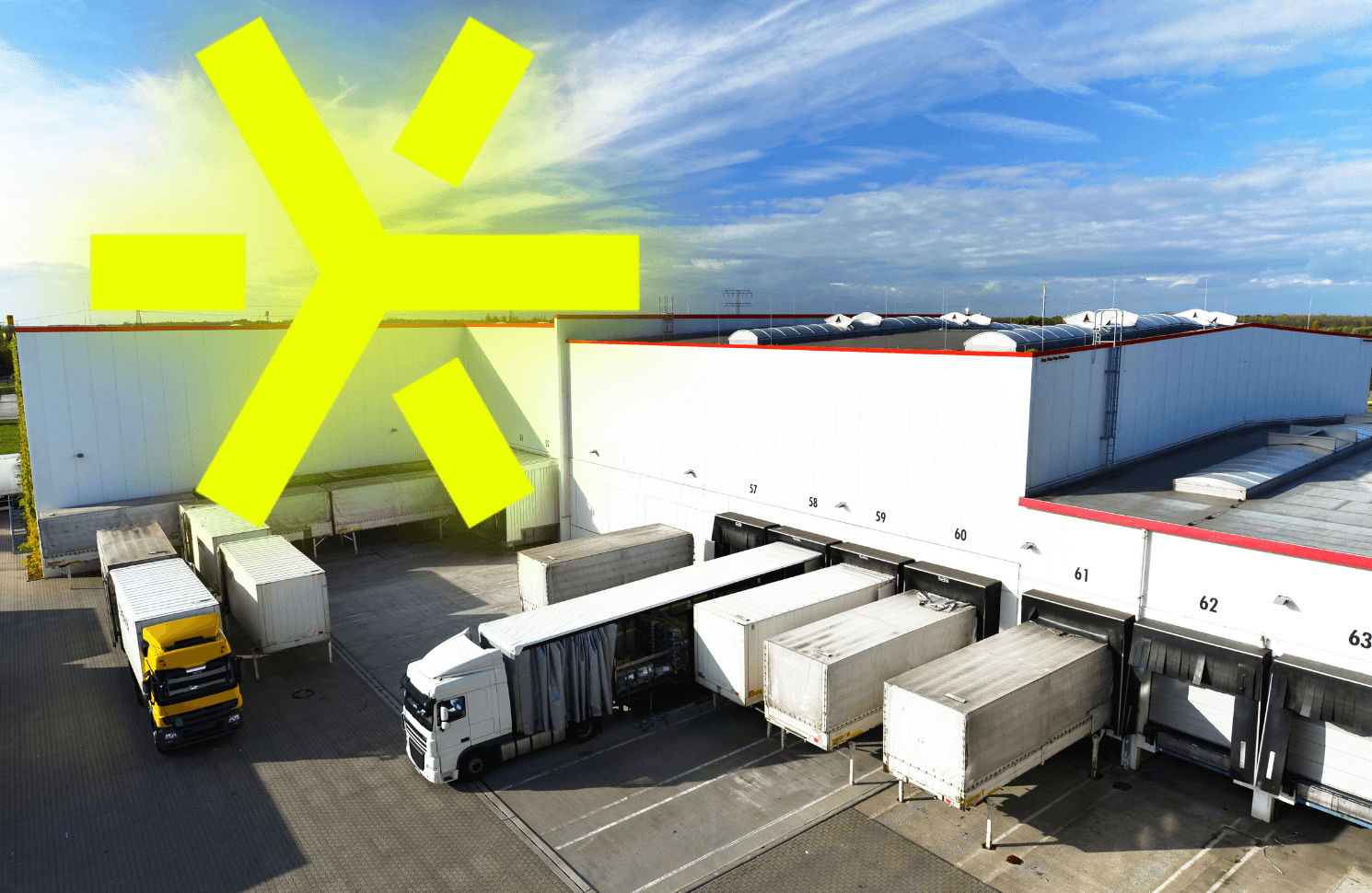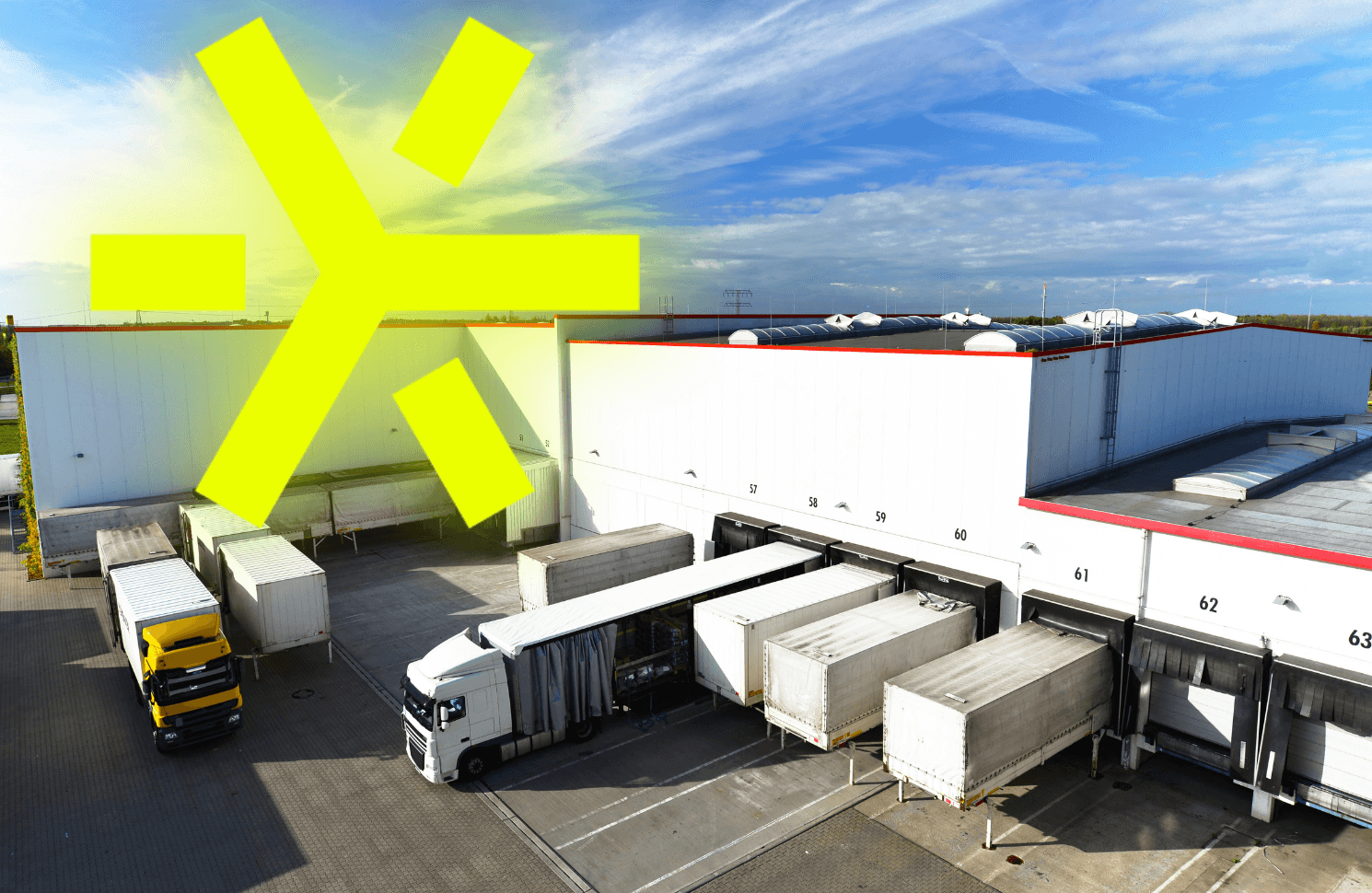

How CIOs can enable predictive ops without replacing their WMS
JUN. 21, 2025
5 Min Read
You don’t need to scrap your entire warehouse management system (WMS) to achieve AI-driven predictions in operations.
Even aging systems generate operational data that can power predictive labor planning, dynamic slotting, and inventory forecasting. In fact, companies using AI in supply chains report a 12.7% drop in logistics costs and a 20.3% cut in inventory levels. By adding modular analytics layers on top of your existing WMS, you can fast-track these benefits, improving labor forecasting accuracy and throughput, aligning with executive expectations for rapid ROI.
Key takeaways
- 1. Predictive labor planning, slotting, and forecasting don’t require replacing legacy warehouse systems.
- 2. AI functionality can be added faster and more cost-effectively using a modular data and analytics pipeline.
- 3. A decoupled architecture reduces integration complexity and avoids operational disruption.
- 4. CIOs can run pilots, demonstrate ROI, and scale incrementally without a full WMS migration.
- 5. Lumenalta helps IT leaders realize predictive operations quickly and safely while maintaining continuity.
“Even aging systems generate operational data that can power predictive labor planning, dynamic slotting, and inventory forecasting.”
Predictive capabilities are held back by integration myths

CIOs often believe their WMS is a closed legacy castle that can’t easily accommodate advanced analytics. They fear that connecting new AI tools will require ripping out the old system. However, this myth overlooks that modern WMS platforms and integration tools provide robust APIs and data connectors. In reality, integration, not the lack of AI, is the real hurdle. 81% of IT leaders say data silos are hindering transformation, and 62% report their data systems aren’t configured to fully leverage AI. For warehouses, this means forecasting models lack visibility into orders, inventory, and labor trends.
The belief that an aging WMS forces a full replacement also ignores how costly and risky that path is. Supply-chain data shows more than 30% of WMS replatforms fail, and only 42% are implemented within budget. Even successful rollouts often take 9–12 months to implement and deliver ROI only after 24–36 months. That timeline can stall progress. Instead, plugging in an AI-ready data pipeline keeps operations running while analytics kick in behind the scenes. Predictive capabilities emerge not by shutting down the warehouse for a forklift move.
Retrofitting AI into legacy WMS is faster than replacing it
Instead of pausing operations for a multi-year WMS overhaul, a retrofit strategy layers in AI-enabled analytics over existing systems. This approach offers several advantages:
- Faster time to value: A retrofit can launch predictive insights in months rather than years, delivering ROI much faster than a full WMS migration.
- Lower cost and risk: Skipping a forklift-like replacement avoids seven-figure budgets and the 30+% failure rate of large WMS projects.
- Minimal operational impact: You keep your warehouse running. AI models can ingest WMS data in real time without requiring downtime or process changes.
- Phased, scalable deployment: Start with one domain (for example, labor forecasting or slotting) and expand gradually. This incremental rollout yields early wins and continuous improvement.
- Leverage existing expertise: Your staff stays on familiar systems and workflows, avoiding the retraining and mistakes that often come with a big software switchover.
- Aligned with executive metrics: Incremental projects let CIOs show quick improvements in planning accuracy and cost control to the board, meeting their demand for measurable outcomes.
These benefits let CIOs pursue predictive operations without a massive project. The modular retrofit approach accelerates improvements in labor planning, throughput, and cost efficiency, all without disrupting the business.
Unlock predictive insights without replacing your WMS. Go beyond legacy constraints—turn warehouse analytics into rapid ROI.
A modular data layer creates the shortest path to insight
A modular data layer provides the shortest path to predictive insight. Instead of embedding analytics in the WMS itself, CIOs can build an independent pipeline: extract data from the WMS, process it in a dedicated platform, and then run predictive models. This layered architecture decouples operations from innovation, letting you iterate fast. Key components include:
Connecting data sources
This foundation layer pulls operational data from your WMS and related systems. Integration can use APIs, message queues, or direct database connections to ingest orders, inventory levels, labor logs, scanner events, and more. It can also include external feeds like weather or demand signals if relevant. Centralizing these streams removes data silos and builds a single source of truth for analytics.
Building an analytics foundation
Data flows land in a cloud data warehouse or analytics database where cleaning and processing occur. Data engineers transform and join the records (for example, linking orders to work shifts or SKU attributes). This unified repository lets you correlate fields that were otherwise siloed, like tying inventory levels to picking labor. The flexible storage scales with volume, so you can handle spikes in order data or add new data sources without disrupting the WMS.
Applying predictive models
With unified data in place, machine learning and analytics can run freely. Models for labor forecasting, slotting optimization, and inventory prediction train on historical patterns and output forward-looking plans. Because these models live outside the core WMS, data scientists can iterate on them without risking live operations. The results (forecasts, alerts, or recommendations) feed into dashboards or automation engines, making predictive decisions actionable in the warehouse.
In practice, this modular pipeline means you can deploy new AI-driven features with minimal disruption. Each layer can be scaled and improved independently, so predictive capabilities come online quickly without interrupting warehouse operations.
CIOs can prove value without pausing operations

CIOs can start with focused pilots to prove how predictive analytics improves operations. For example, a short-term project might use recent order data to predict next week’s labor needs and adjust staffing accordingly. Early wins like 10–20% fewer overtime hours or smoother slotting can be measured quickly. Demonstrating these gains on existing systems shows stakeholders the value without shutting down operations.
Because each AI layer can be rolled out incrementally, CIOs treat predictive projects like agile experiments. This aligns with board priorities around ROI: AI-driven supply chain “control towers” have delivered 307% ROI in 18 months, compared to just 87% from traditional analytics. With measurable improvements in labor utilization, throughput, and cost, IT can expand the project scope iteratively. Every success reinforces executive buy-in and funds the next incremental improvement.
“Because each AI layer can be rolled out incrementally, CIOs treat predictive projects like agile experiments.”
Lumenalta brings predictive power to your existing WMS
Building on the modular strategy above, Lumenalta deploys analytics layers that tap into your existing WMS data and rapidly deliver predictive insights. We work closely with CIOs to co-create the pipeline: connecting data sources, designing models, and integrating forecasts into daily workflows. This collaborative approach keeps operations stable while accelerating improvements, so accurate labor forecasts or optimized slotting are visible to business leaders in weeks instead of months.
Our emphasis is on measurable outcomes, not hype. We iterate quickly to deliver cost savings and productivity gains early and often. Stakeholders see labor costs drop as scheduling becomes more precise, and throughput rises as inventory moves more efficiently. Throughout the process, the focus remains on secure, governed integration and alignment with your business metrics, helping you prove ROI and scale analytics across the enterprise without major disruption.
Table of contents
Common questions
How can I add predictive analytics to my warehouse without upgrading my WMS?
What are the benefits of modular data pipelines for warehouse forecasting?
Why is replacing my WMS a risky strategy for predictive ops?
Can predictive forecasting be added to multiple sites without replatforming?
How do I show ROI on predictive analytics without reworking everything?
Unlock predictive insights without replacing your WMS. Go beyond legacy constraints—turn warehouse analytics into rapid ROI.









